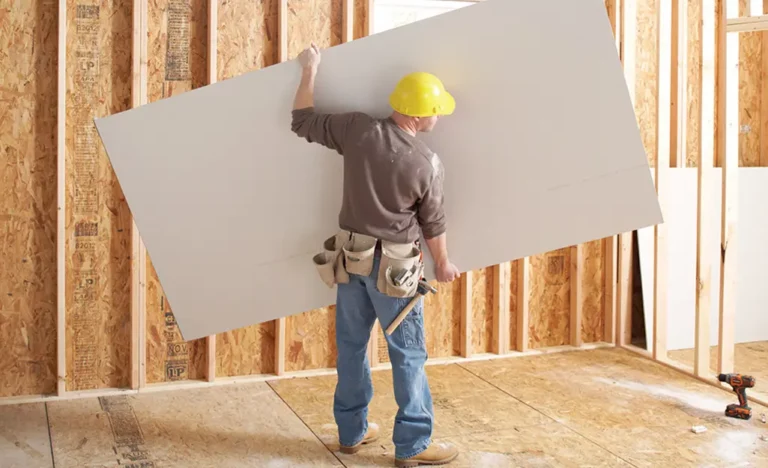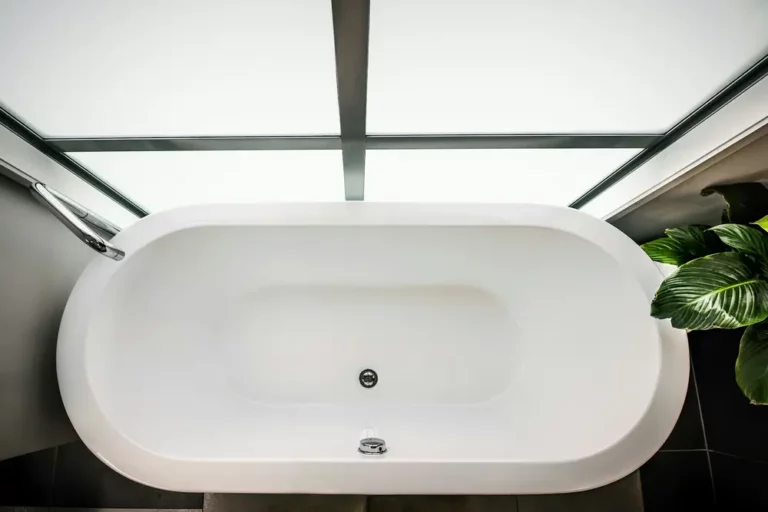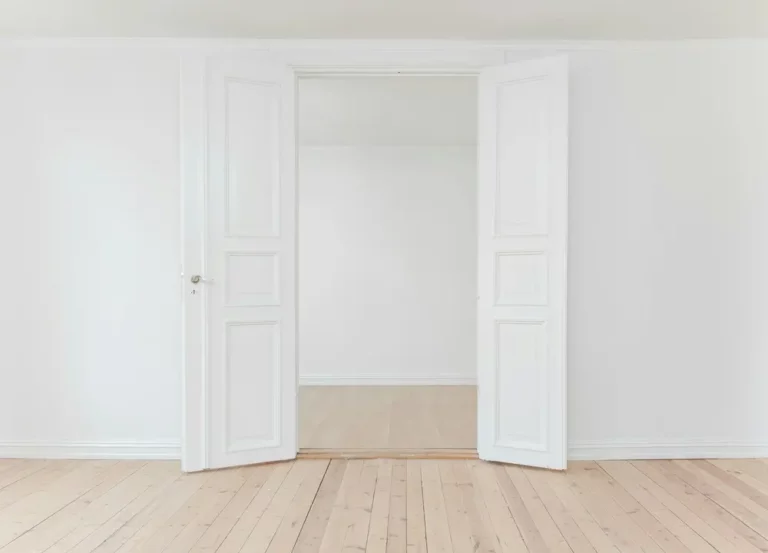Safe & Sleek: Hide Your Outdoor Extension Cord Without Risks
I’ve always believed that the devil is in the details, especially when it comes to keeping my outdoor space looking sharp. One pesky detail that can easily disrupt the zen of a well-planned yard? Unsightly extension cords. Whether it’s for garden lights, a sound system, or any outdoor setup, dangling cords can be an eyesore and a safety hazard.
That’s why I’ve become quite the advocate for hiding those extension cords. Not only does it clean up the look of your outdoor area, but it also protects the cords from wear and tear and, most importantly, keeps your space safe for everyone. Let’s dive into why tucking away those cords is a game-changer for your outdoor oasis.
Understanding the Risks of Exposed Outdoor Extension Cords
When extending the convenience of electricity outside, the safety of extension cords can sometimes fall by the wayside. Through experience and research, I’ve learned that exposed outdoor extension cords pose various risks that shouldn’t be underestimated. Weather elements, for example, lead the pack. Moisture, extreme temperatures, and sunlight can severely damage an exposed cord, reducing its longevity and effectiveness. There’s a genuine risk of the cord’s insulation breaking down over time, which can lead to short circuits or, worse, fire hazards.
Another concern lying in wait is the risk of tripping accidents. Especially at gatherings, where outdoor spaces are typically transformed for entertainment, unsheathed cords become hazards. I’ve personally tripped over a barely visible cord during an evening cookout, which was a wake-up call for me. It reinforced the importance of camouflaging these cords not only for aesthetic reasons but also for safety.
Damage from lawn care activities can’t be overlooked either. The number of times I’ve heard friends recount their battles with severed cords after an enthusiastic session of mowing or edging is too high to ignore. It goes to show that what’s out of sight remains out of harm’s way.
Adopting preventive measures is crucial to mitigating these risks. Stakeholders, such as homeowners and event planners, should prioritize the protection of extension cords by concealing them effectively in outdoor spaces. Not only does this safeguard the cords from weather-related damage and wear, but it also significantly reduces the likelihood of accidents and ensures a seamless, enjoyable experience in any outdoor setting.
Effective Methods to Conceal Outdoor Extension Cords
Concealing outdoor extension cords can be a bit of a challenge, but with the right approach, I’ve found that it’s entirely possible to keep them out of sight while ensuring they’re safe and functional. Let’s dive into some effective methods I’ve discovered for hiding those pesky cords.
Using Cord Covers and Protectors
One of the simplest and most effective strategies I’ve used is investing in cord covers and protectors. These nifty devices are designed to encase your extension cords, shielding them from the elements and reducing tripping hazards. Cord covers come in various materials such as rubber, plastic, or metal, each offering different levels of durability and protection. For my outdoor spaces, I prefer rubber covers, as they blend well with the environment and provide ample protection against rain and sun. It’s essential to choose a cover that matches the length of your cord for seamless coverage.
Leveraging Landscaping and Outdoor Features
Another strategy I’ve employed involves using the natural and man-made features of my outdoor space. By strategically routing extension cords along the edges of landscaping beds or tucking them behind bushes, I’ve been able to keep them out of sight. Additionally, features like decking and patios offer unique opportunities. For example, running cords underneath deck boards or along the hidden sides of a patio can effectively keep them out of view. It’s all about being creative and using what’s already in your yard to your advantage.
Creative DIY Solutions
For those who enjoy a good DIY project, there are several creative solutions for hiding extension cords. Utilizing decorative elements such as fake rocks with cavities for cords or crafting a wooden box painted to match your outdoor decor can add both form and function to your space. I’ve also seen some clever use of PVC pipes painted to blend in with their surroundings, running along the bottom of fences or under low-lying shrubs. These DIY solutions not only conceal your cords but also allow you to express your personal style in your outdoor oasis.
Choosing the Right Materials for Outdoor Cord Concealment
When I’m planning to hide extension cords outside, the first thing I consider is the type of materials I’ll use for concealment. Safety and aesthetics both play critical roles in this decision. One option that’s caught my eye is fabric-covered extension cords, like the one I found which comes in mint and grey, blending seamlessly with most outdoor seating areas and pool houses. Besides their pleasing look, these cords are 10 feet (3 meters) long and boast built-in surge protection and tamper-free technology, not to mention a flat plug to minimize space usage.
For those wanting a splash of color in their outdoor spaces, heavy-duty outdoor cords come in vibrant options like pink and yellow. While these might not camouflage as easily, they can add a fun element to poolsides and decks. These cords vary in length from 15 to 100 feet (4.6 to 30.5 meters), making them versatile for different setups.
| Feature | Detail |
|---|---|
| Length | 10 feet (3 m) – 100 feet (30.5 m) |
| Safety Features | Built-in surge protection, tamper-free tech |
| Aesthetic Options | Fabric covers in mint/grey; bright colors |
| Special Considerations | Flat plug design for minimal space usage |
I also never use nails, staples, or any kind of metal to fasten a power cord to a surface, as they can cause electric shock. The golden rule is never to stretch power cords to their full length outdoors, especially in bad weather. Always leave a bit of slack to avoid unnecessary harm.
Moreover, it’s paramount to keep extension cords unplugged when not in use, particularly during rain, and to store them safely in a dry place. This practice significantly reduces the risk of accidents and ensures the longevity of my outdoor cord setup.
Step-by-Step Guide to Installing Outdoor Cord Covers
Installing outdoor cord covers isn’t as daunting as it might seem. Here’s a simple guide I’ve put together to help you protect and conceal your extension cords outside, ensuring they blend seamlessly with your garden or patio setup.
First things first, identify where you’ll be running your extension cord. Whether it’s along the siding, under the deck, or through the garden, knowing your path is crucial. Once you’ve got that figured out, measure the length of the cord you’ll need. It’s always better to have a little extra length than to come up short.
Next up, choose the right cord cover. For outdoor use, I prefer fabric-covered extension cords for their durability and aesthetic appeal. They come in various colors, which makes them easier to blend with outdoor decor. Plus, with built-in features like surge protection and a flat plug, they’re both safe and space-efficient.
For the actual installation, if you’re running your cord behind the siding, gently pull the siding away from the wall, carefully run the cord behind it, and then reattach the siding. It’s a simple but effective method for concealing cords without making permanent changes to your home’s exterior.
For cords that need to run through areas with more foot traffic, like deck edges or patio borders, cord cover kits are indispensable. Here’s how to set them up:
- Lay your cord along the intended path and make sure it’s untangled and runs smoothly across the ground.
- Place the cord within the cover, ensuring it fits snugly and is protected from foot traffic and weather elements.
- Secure the cover to the ground or along the wall, depending on where you’re running it. Most kits come with adhesive backing or anchoring pins.
Enhancing Outdoor Aesthetics While Hiding Cords
When I started looking for ways to hide my extension cords outside, my top priority was not to compromise on the aesthetics of my backyard. Luckily, I stumbled upon a few creative and effective methods that allowed me to conceal those cords while enhancing the overall look of my outdoor space.
One of the first solutions I explored was using fabric-covered cords. I found these mint and grey fabric-covered extension cords, perfectly blending with my outdoor seating area and pool house. They’re about 10 feet (3 meters) long, come with built-in surge protection and tamper-free technology, and feature a flat plug to minimize space usage. While these cords are somewhat visible, their design and color help them integrate seamlessly into the outdoor decor.
For areas where a splash of color could actually benefit the design, the Watts Wire extension cords were a delight. Available in various lengths, ranging from 15 to 100 feet (4.6 to 30.5 meters), and in fun colors like pink and yellow, these heavy-duty cords added a vibrant element to my decks and poolside while serving their primary purpose.
Another technique that caught my eye was incorporating decorative elements to create hidden paths for the cords. Using baseboard molding to run the cords along the walls or even behind curtains for an elegant solution not only hid the cords but also added sophistication to the space.
And lastly, when protective covers or decorative solutions weren’t an option, I relied on electrical tape. With its availability in different colors, it became an easy way to conceal cords against a variety of backgrounds. Although it’s imperative to wrap the cords with several layers for ample protection, this method proved to be a simple yet effective way to minimize cord visibility.
In each of these methods, the goal remained the same: to safely conceal cords without detracting from the beauty of my outdoor living areas. Whether through color-coded heavy-duty extension cords or creative uses of molding and tape, I found ways to keep the cord clutter out of sight and mind.
Compliance and Safety Considerations
As I’ve ventured into creatively disguising extension cords outdoors, I’ve also had to delve deep into the world of compliance and safety considerations. It’s a pivotal part of the process because, let’s face it, safety should never be compromised for aesthetics. I found out that the Consumer Product Safety Commission provides critical warnings about the hazards of overheating and overloading extension cords. Honestly, it was an eye-opener for me.
I learned that extension cords can carry a hefty amount of electricity, which isn’t something to take lightly. The risk of electrocution, electrical fires, and other dangerous occurrences spikes when these cords are left exposed to the elements without protection. It made me realize the importance of not only hiding these cords for the sake of visual appeal but also ensuring they are adequately protected.
Exploring further, I stumbled upon the significance of using electrical tape specifically designed for outdoor use. This isn’t just about aesthetics; it’s about preventing rapid degradation that occurs when unsuitable materials like duct tape are used. Covering the cords with multiple layers of electrical tape, especially in various colors to match the outdoor palette, isn’t just about making them less noticeable. It’s a necessary step towards insulating and shielding these cords from potential harm, a simple yet effective precautionary measure.
Equally important is ensuring that the cords are not overstretched, tangled, or improperly secured. Mismanagement here could lead to hazards that one might not immediately consider, such as the increased likelihood of tripping or damaging the cord, which could, in turn, compromise the entire setup.
Conclusion
I’ve walked you through the ins and outs of safely and creatively hiding your outdoor extension cords. It’s clear that while we all love a tidy and visually appealing outdoor space, safety should never take a back seat. Remember, it’s all about finding that perfect balance between form and function. So next time you’re out there, making your garden or patio look neat, keep these tips in mind. Let’s ensure our outdoor spaces are not just beautiful but safe for everyone to enjoy. Here’s to many more days of enjoying our outdoor havens without any hiccups!
FAQ – Frequently Asked Questions
How do you bury an extension cord outside?
Burying an extension cord is not recommended due to safety risks. Instead, consider installing permanent outdoor electrical wiring inside a conduit, such as PVC piping, for a safe and long-term solution. This method protects the wiring from damage and reduces the risk of electrical hazards.
Can you run an extension cord under a rug?
Running an extension cord under a rug is unsafe and should be avoided. It poses fire hazards, can lead to cord damage, and increases the risk of tripping accidents. Ensure cords are placed away from high-traffic areas and are not covered by any material that could cause overheating.
Should I cover my outdoor extension cord?
Yes, covering your outdoor extension cords is important to protect against moisture and electrical hazards. Use outdoor-rated cord covers or waterproof connection boxes to shield the plugs and connections. This not only prolongs the life of your extension cords but also ensures the safety of your outdoor electrical setup.




